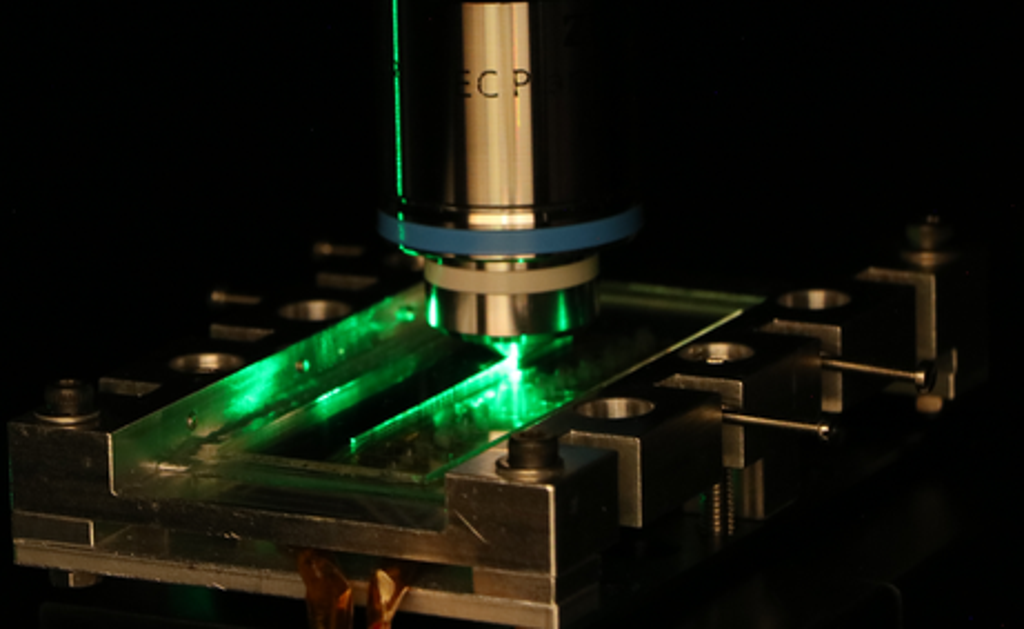
A new sensor made of “sapphire fibre” could transform planes and help with technologies such as fusion power, scientists say.
The sensor can withstand extreme temperatures, still working when subjected to conditions over 2000C, the researchers behind it say.
That could allow it to be run through a jet engine, for instance, with the data being used to adapt how engines work and significantly reduce emissions.
Because it can withstand radiation, too, the sapphire fibre could be used in space and fusion power, the scientists say.
‘These sapphire optical fibres will have many different potential applications within the extreme environments of a fusion energy powerplant,” said Rob Skilton, head of research at Remote Applications in Challenging Environments part of UK Atomic Energy Authority.
“This technology has the potential to significantly increase the capabilities of future sensor and robotic maintenance systems in this sector, helping UKAEA in its mission to deliver safe, sustainable, low carbon fusion power to the grid.”
The new fibre is made out of industrially grown sapphire and is just half a millimetre thick. If light is sent into one end of it, it is reflected back from a point along it – and the colour of that light can then be used to measure the temperature at that point.
Existing such sensors have run into problems for decades because the fibre is vast compared to the wavelength of light, even if it looks small. As such, the light can travel through the fibre in different routes, reflecting back different wavelengths at once.
The new breakthrough involved making a channel along the fibre. That means that the light only travels through a tiny cross-section, about one-hundredth of a milimetre wide.
That means that the sensor reflects primarily just one single wavelength of light, making it much more useful.
An article describing the finding, ‘Single-mode sapphire fiber Bragg grating’, is published in the journal Optics Express. It was carried out by the University of Oxford, in collaboration with a number of companies and the UK Atomic Energy Authority.







